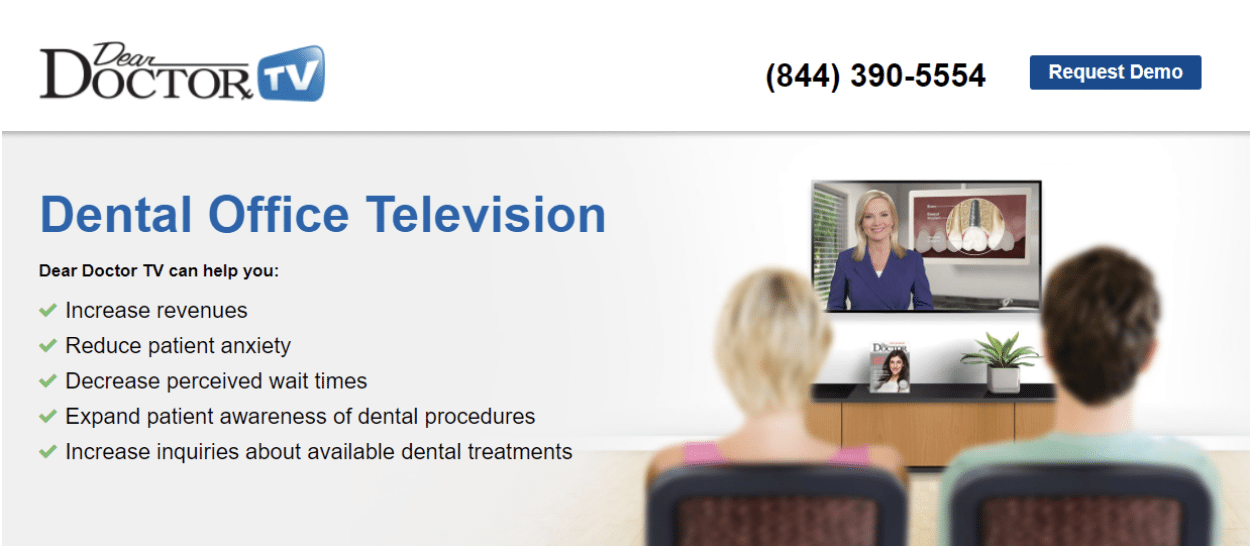Anyone who has ever placed an order at a fast-food restaurant has heard the question, “Would you like fries with that?” Fast-food establishments use this technique, known as upselling, to increase the size of the order. It’s easy to understand why upselling is effective in a restaurant: the guest is already dining with you, so offering something to complement their meal is not seen as pushy. Often, the average sale could increase by as much as 20 percent. But in dentistry, upselling could be a dangerous tactic.
Upselling is used as a sales technique in which the seller encourages the customer to purchase more expensive items, upgrades, or other add-ons in an attempt to make a more profitable sale. Many dental CE programs, consultants, articles, and books design their message specifically to upsell. Below is one example.
The only checked item not on this ad is the real message: Increase your ability to upsell the patient.

Best practices?
In a purely for-profit framework, upselling is fully acceptable and promoted. The more people buy, the higher the profits. The more expensive items people buy, the greater the sales numbers.
What is often ignored in dentistry, and what lies at the heart of the matter, is that dentistry is a service business. In his book “To Sell is Human: The Surprising Truth About Moving Others,” Daniel H. Pink urges readers to use the term “Up-serve” instead of “Up-sell.” Up-sell, up-serve… what’s the difference?
What Pink says, in essence: “If you teach your team to upsell, you are teaching your people to focus internally. The customer does not care one iota about how much you sell. Instead, they care about their issues. When you use the term “Up-serve,” you are teaching your team your priority needs to focus on the customer, not your product or services.”
With so many options to purchase, those selling products or services must realize that understanding more about your customer is a way to stand out from the competition. Focusing on the customer’s goals demonstrates you are not just there to make a sale, but are interested in the customer’s outcome. Up-serving is why Nordstrom is so successful. They are top practitioners of up-serving. They spend good money and lots of time teaching their people to up-serve.
Earning trust
Top up-serving performers do not jump at an opportunity to sell as soon as the customer indicates a desire to buy something. Rather, they realize that the greatest way to build trust and loyalty is to take the time to understand the customer’s situation.
When you listen to group practices, they often speak about how their dentists are under-diagnosing. They decry that their dentists are not selling the more expensive treatments and all the add-ons and products that maximize profitability. But when you speak with patients, upselling many times translates to “upsetting.”
Dentistry is a service business. Dental practices are there to serve the patient. Remember: serve, don’t sell.
— Marc



